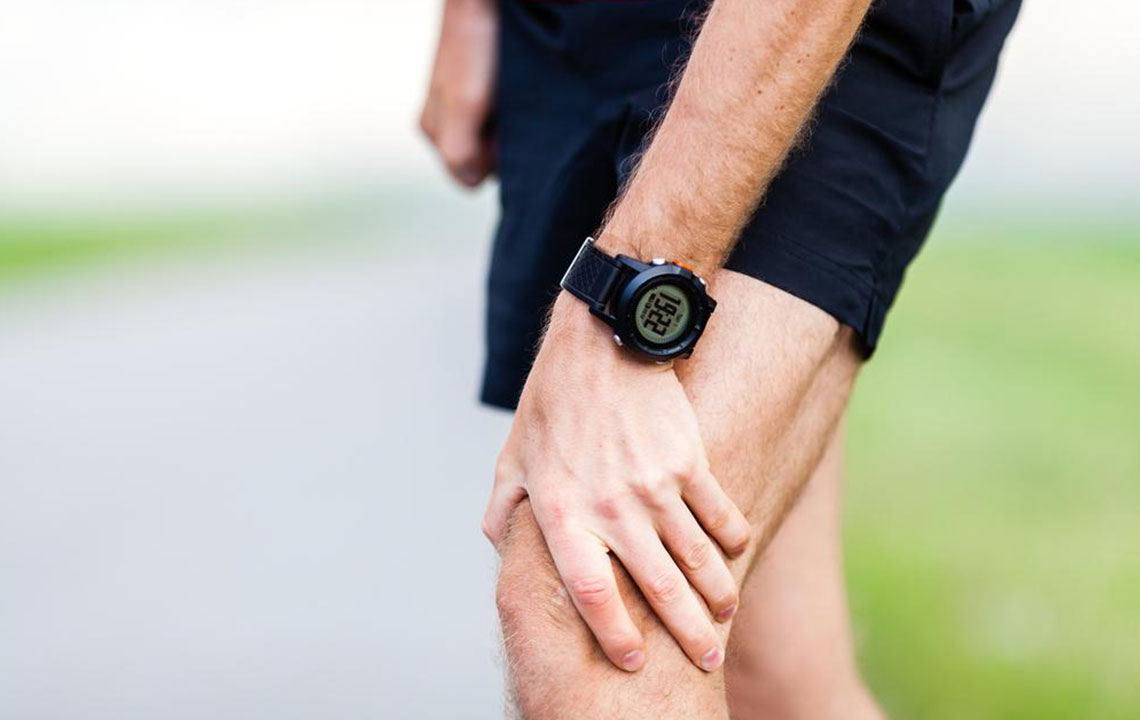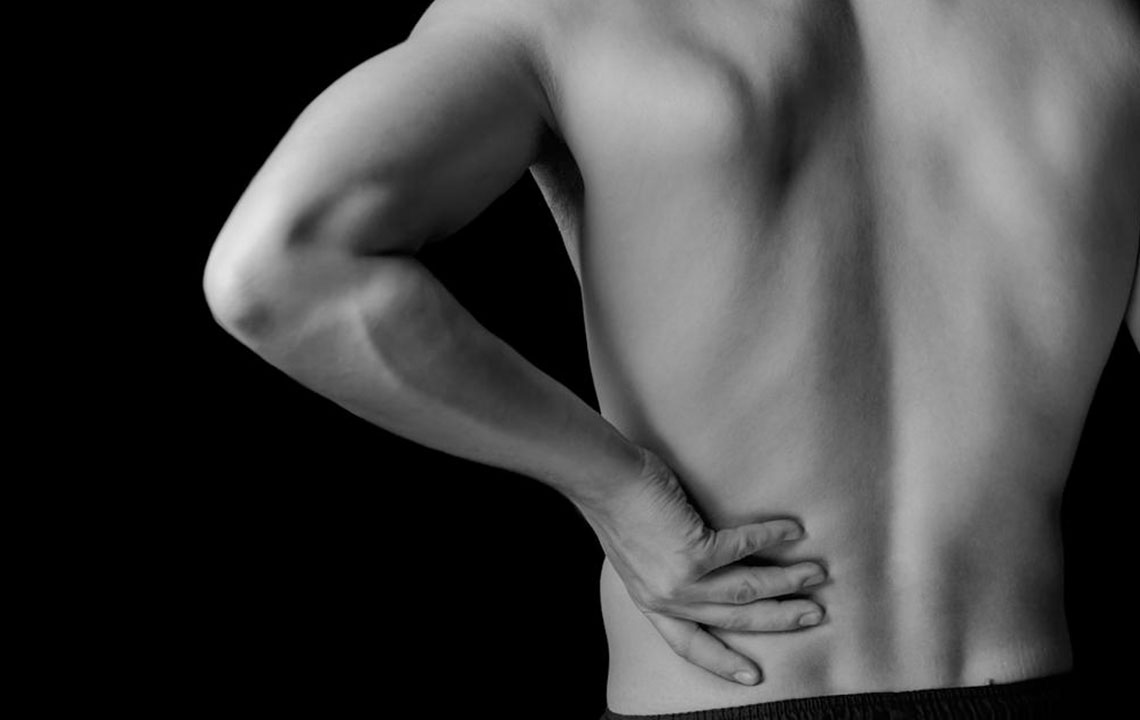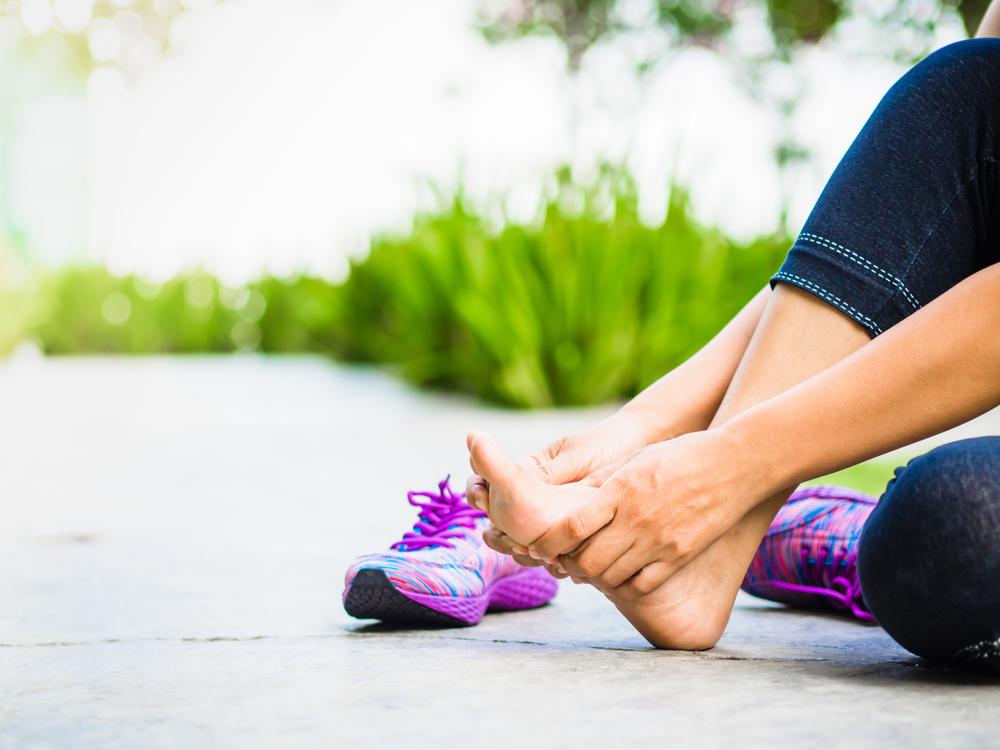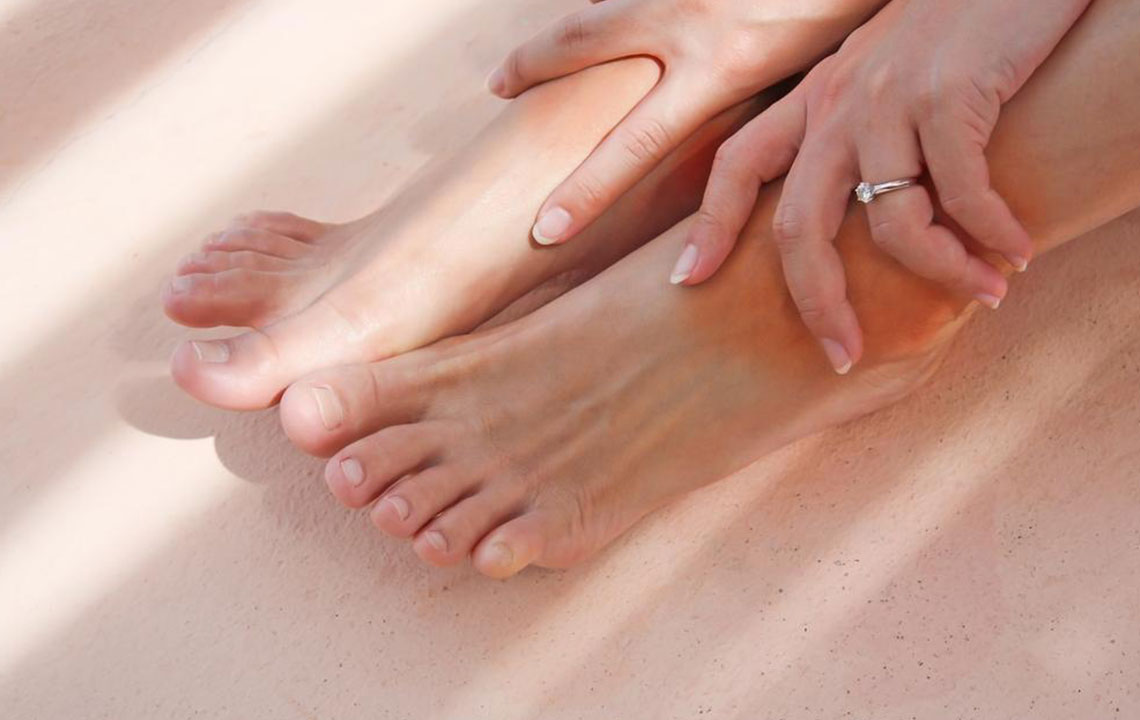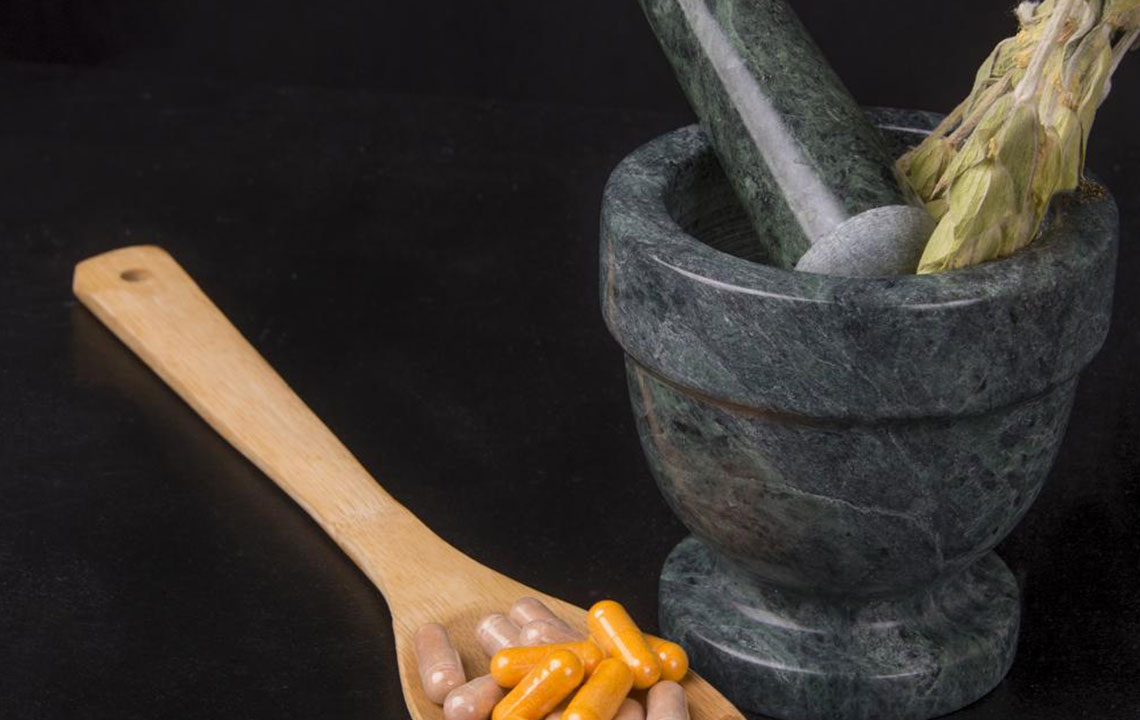Understanding Lower Back and Hip Discomfort: Symptoms, Causes, and Remedies
Lower back and hip pain are common issues affecting many individuals worldwide. This article explores symptoms, causes such as herniated discs and osteoarthritis, and remedies like stretching and heat therapy. Early diagnosis and treatment can prevent chronic pain, ensuring better mobility and quality of life. Recognize warning signs and consult healthcare providers for persistent discomfort. Understand the underlying conditions affecting both genders, especially women, to manage and alleviate lower back and hip pain effectively.
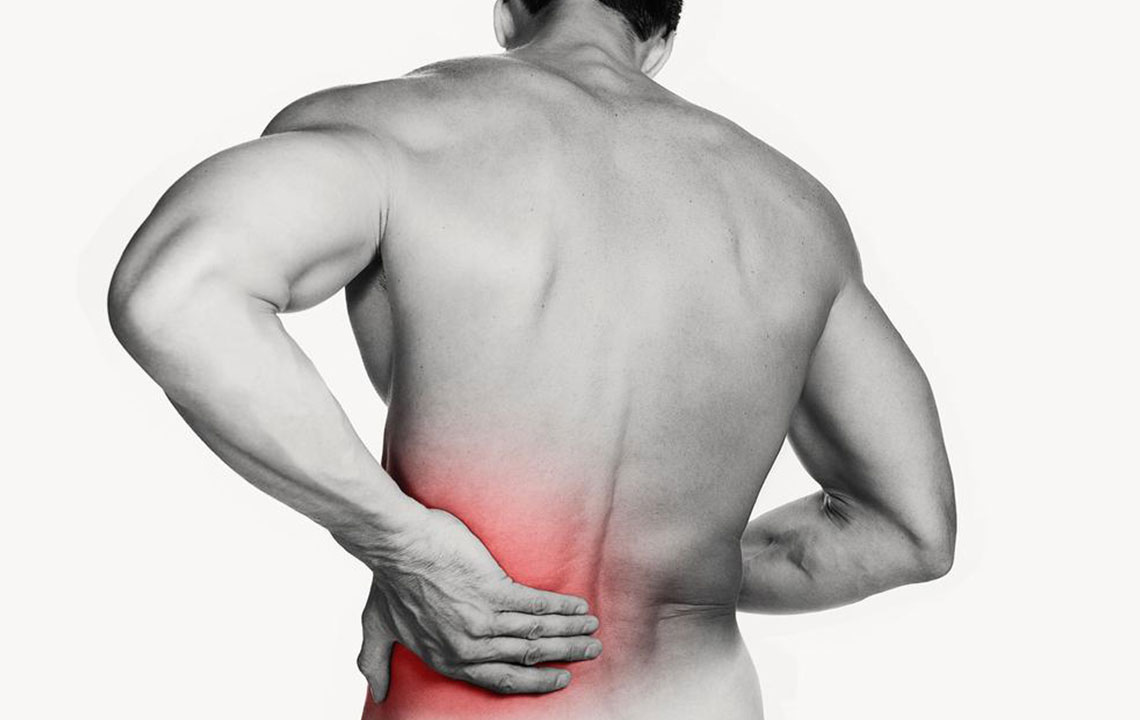
Understanding Lower Back and Hip Discomfort: Symptoms, Causes, and Remedies
Lower back and hip pain are among the most frequent complaints individuals experience. The lumbar area extends from the bottom of the rib cage down to just above the buttocks, consisting of vertebrae labeled L1 to L5. While sometimes self-resolving, this discomfort often requires proper attention.
The discomfort may start as a dull ache and escalate to sharp stabbing sensations. Sports injuries or heavy lifting can trigger sudden pain. If symptoms persist beyond 72 hours, seeking medical advice is essential.
Pay attention to warning signs such as loss of bowel or bladder control, leg weakness with fever, or pain worsened by coughing or urination.
Muscle Strains and Ligament Sprains
Discomfort may result from muscle overstretching or tearing, as well as ligament injuries caused by overextension or wear and tear.
The pain can become chronic if it persists beyond three months, necessitating medical treatment. Common causes include:
Herniated Lumbar Disc
Nerve irritation occurs when the gel-like disc material protrudes beyond the disc wall, causing inflammation and pain.
Degenerative Disc Disease
Discs lose moisture and flexibility with age, leading to disc herniation or spinal stenosis, contributing to lower back and hip discomfort.
Facet Joint Dysfunction
Injuries or degeneration in the joints connecting vertebrae can cause localized pain.
Sacroiliac Joint Inflammation
Dysfunction here affects the joint linking the sacrum to the pelvis, leading to pain and instability.
Spinal Narrowing (Stenosis)
Narrowing of the spinal canal compresses nerves, provoking significant pain in the lower back and hips.
Women are more prone to such pain, especially near the hips, thighs, or groin, often due to conditions like osteoarthritis, fractures from osteoporosis, or tendinitis.
Osteoarthritis
Joint cartilage deterioration causes pain and swelling in the hip joint.
Hip Fractures
Weakened bones from osteoporosis increase fracture risk, leading to mobility issues and deformities.
Tendinitis
Overuse injuries like iliotibial band syndrome can cause inflammation and discomfort.
Effective treatment options include applying heat, avoiding prolonged rest, practicing yoga and stretching, and massage therapy. Persistent symptoms should be evaluated by a healthcare professional.

